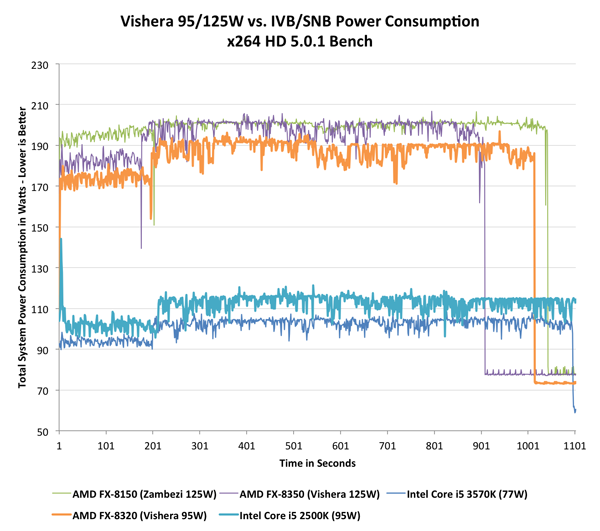Originally posted by SavageX
View Post
*CPU is really 125W
*12V line is 168W
if those are true, then the VRM eff is 74.4%. That seems a bit low, but not crazy where I dismiss it outright. Considering the temps the VRMs on my AM3 run I won't be surprised if they need to get rid of ~40 watts.
Heise.de does not state the actual voltage on the 12V line (it's not exactly 12V) nor do they specify the quality of measuring device, or how it was measured. Is it +/-3%? +/-5%? +/-0.001%? what sort of voltage drop is there over the ammeter? Were they accidentally over-volting the CPU? what is the 12V ripple (get out your ocilliscope to measure that) and use that to calculate the RMS voltage. Anyways, there is enough possible error in here that the real TDP could be 125W or so and we have no way of knowing for sure.




Comment